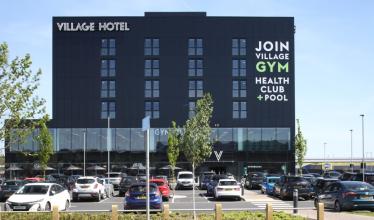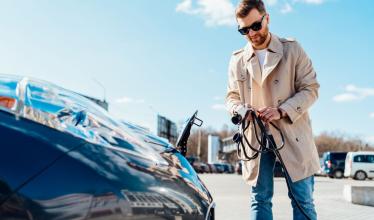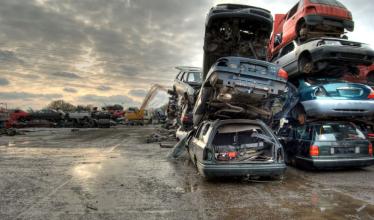Huge expansion projects have been laid out by Tesla boss Elon Musk in his “Master Plan, Part Deux”, with the company set to expand into new model sectors, improve energy storage systems, continue to develop driverless technology, and create a car sharing service.
The bullet points in Musk’s announcement read:
•Create stunning solar roofs with seamlessly integrated battery storage
•Expand the electric vehicle product line to address all major segments
•Develop a self-driving capability that is 10X safer than manual via massive fleet learning
•Enable your car to make money for you when you aren’t using it
The first point addressed is that of a combined solar roof an energy storage package, creating a simple product for customers to order and maintain. Tesla’s tie-in with solar energy company SolarCity has laid the foundations for this project, with the company’s PVs and Tesla’s Powerwall home energy storage system set to be offered as a combined system.
Musk speaks of a need for sustainable energy and wants to offer a “smoothly integrated and beautiful solar-roof-with-battery product that just works, empowering the individual as their own utility, and then scale that throughout the world. One ordering experience, one installation, one service contact, one phone app.”
In a sweeping statement, Tesla is also set to expand its current three model line-up – four if you include the no-longer-produced Roadster – to “Cover the Major Forms of Terrestrial Transport”.
With saloons and SUVs covered in part by the Model S, Model X and forthcoming Model 3, Tesla’s impact on the car industry can only be minimal. Musk has outlined that the next models in the pipeline are a compact SUV and a “new kind of pick-up truck” – both two of the highest selling automotive sectors in the world. He has said that a model coming in below the Model 3 is unlikely.
In addition to consumer vehicles, Tesla will also make a lorry and “high passenger-density urban transport” – or bus. Both have been revealed as in early stages of development and should be ready for unveiling next year. Tesla reckons that the creation of an artic unit will reduce transportation costs. The bus will have autonomous technology and be able to be summoned, either via an app or by a button at the bus stop.
That leads onto Musk’s next point – Autonomy. It’s currently a tricky subject with the recent announcements of crashes involving Tesla models fitted with autopilot. Tesla will continue to work on and improve it – as they already have been – to the extent that complete driverless transport is possible. This includes the situations where any given system in the car can fail yet the vehicle can still drive itself safely.
Regulations are mentioned as a hurdle that will inhibit the rolling out of autonomous systems, along with software development that, for Tesla to be happy with it, will be around 10 times safer than the average driver. The company expects that worldwide regulatory approval will require roughly six billion Autopilot miles having been covered – while Tesla is currently gathering just over three million miles’s worth of data a day.
Finally, Tesla will expand into car sharing and ride-hailing – markets that a number of large automotive manufacturers have recently invested in. Autonomous driving systems will not only allow the driver to summon their vehicle, but also share their car when it isn’t needed. A shared Tesla fleet app will be created, that can generate income for Tesla owners when the car isn’t being used by them, but by other drivers.
Pricing should allow the owner to significantly offset or exceed the cost of the car’s lease for example, and could make it possible for almost anybody to own a Tesla. With most cars typically used only 5-10 per cent of the time according to the statement, that figure could be significantly increased. With the use of autonomous driving technologies too, the logistical problems often associated with car sharing would be solved too.
The sharer could summon the car to them, use it to transport them to wherever they need to go, and then see the car return itself to the owner, potentially even recharging en route where required.
The forward looking statement is not a refined business plan, but an overview of Musk’s general plans for the next stage of Tesla’s development. The change of website name from Tesla Motors to simply Tesla earlier this week indicated that an expansion of Tesla as more than simply a car manufacturer was coming, with Musk having teased the second “Master Plan” throughout the week.



